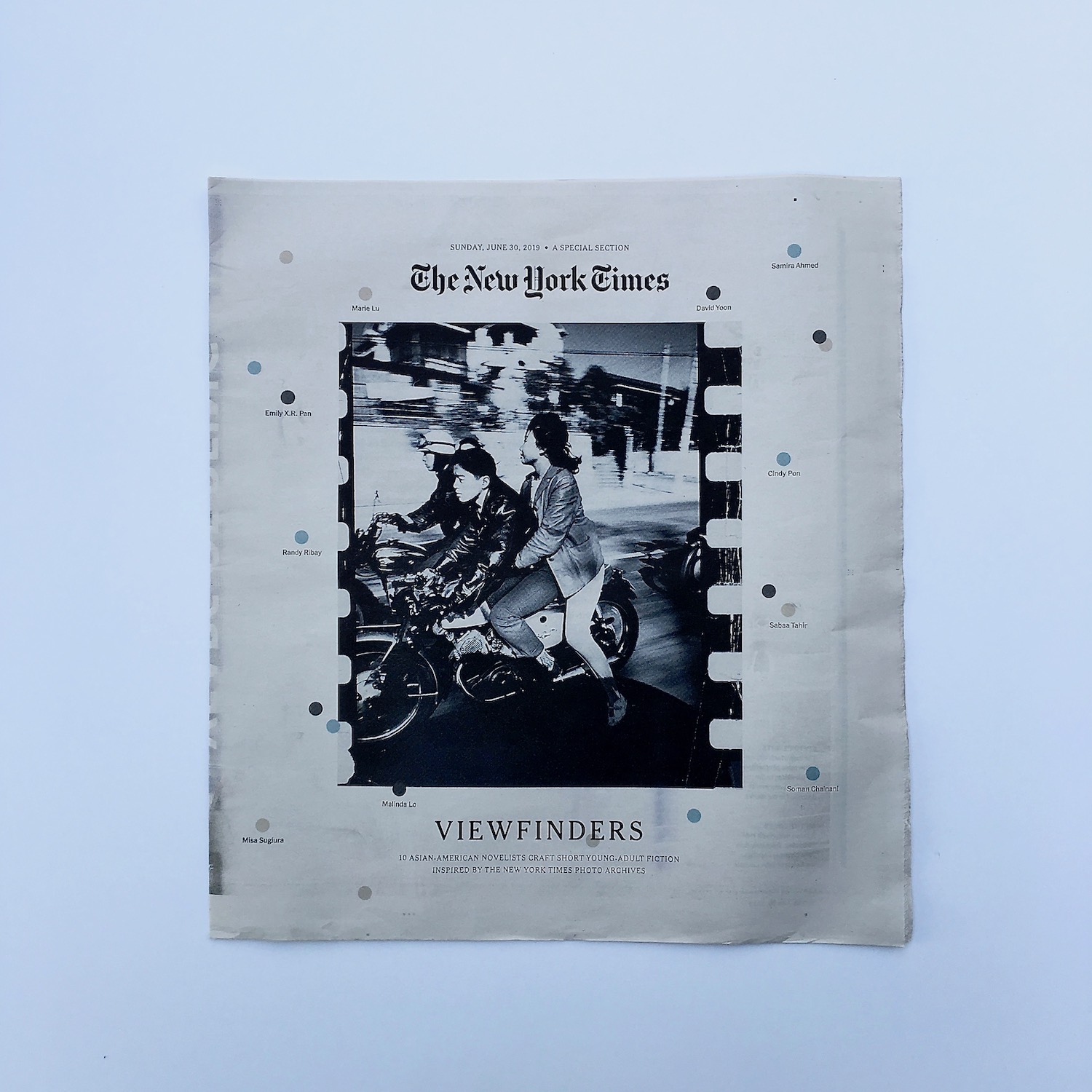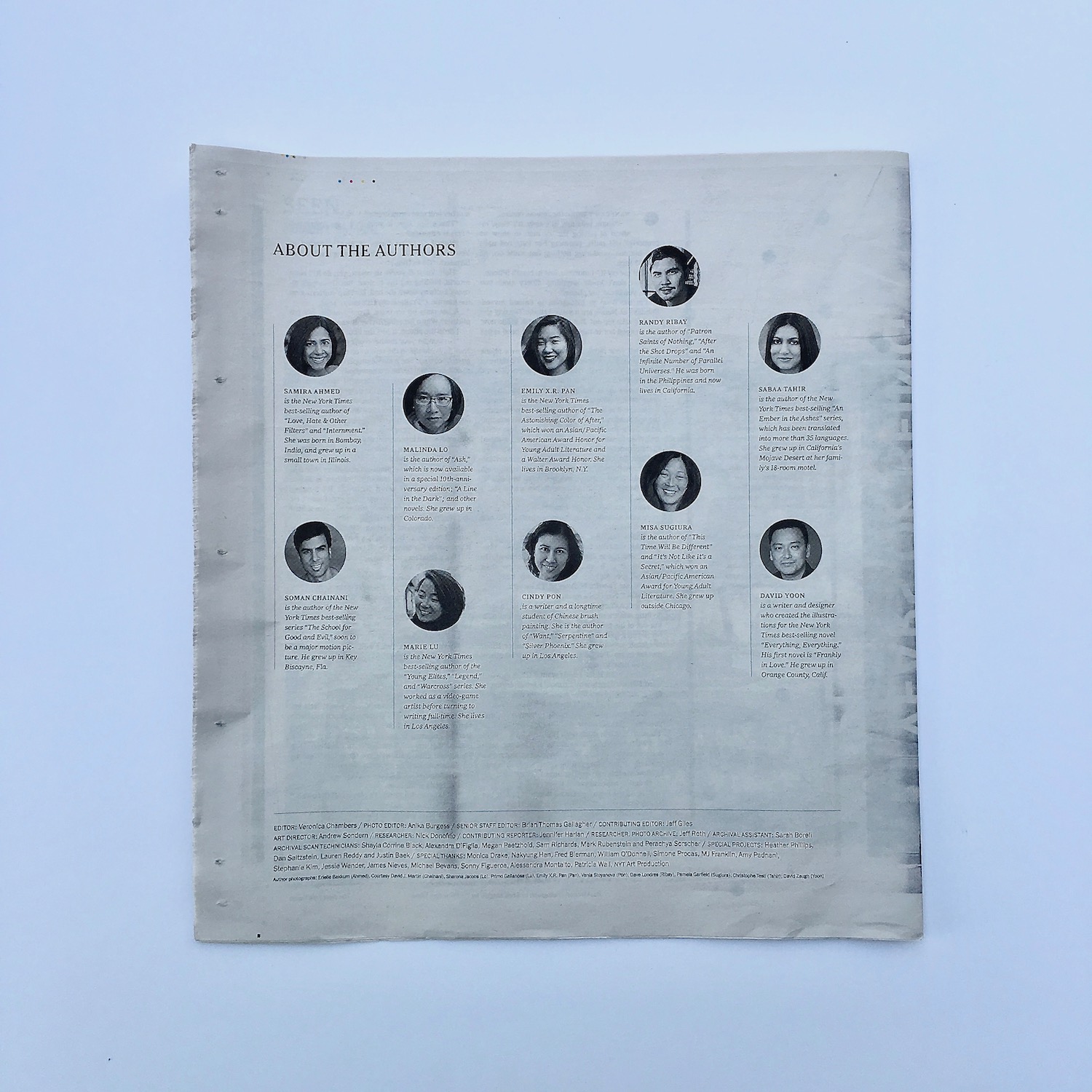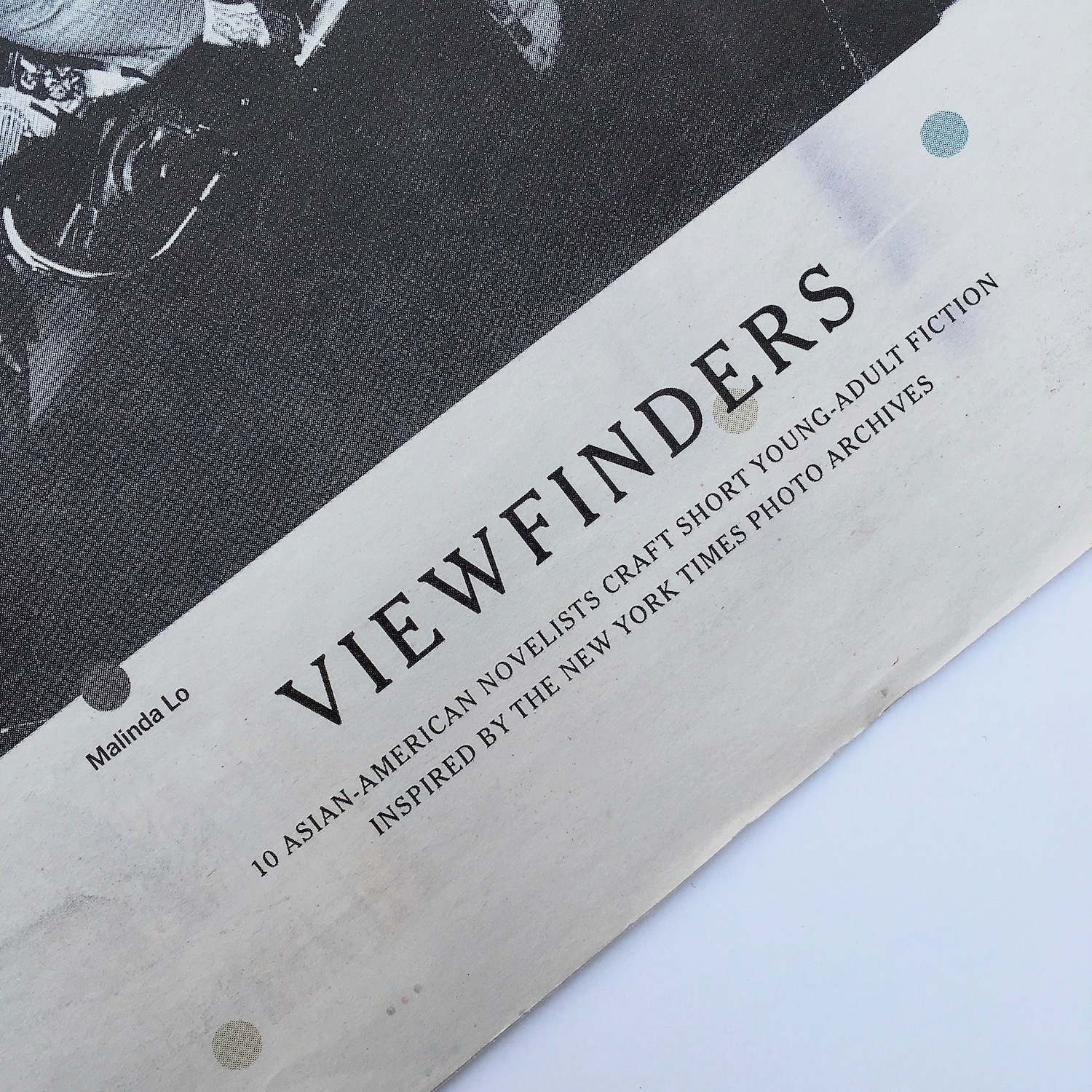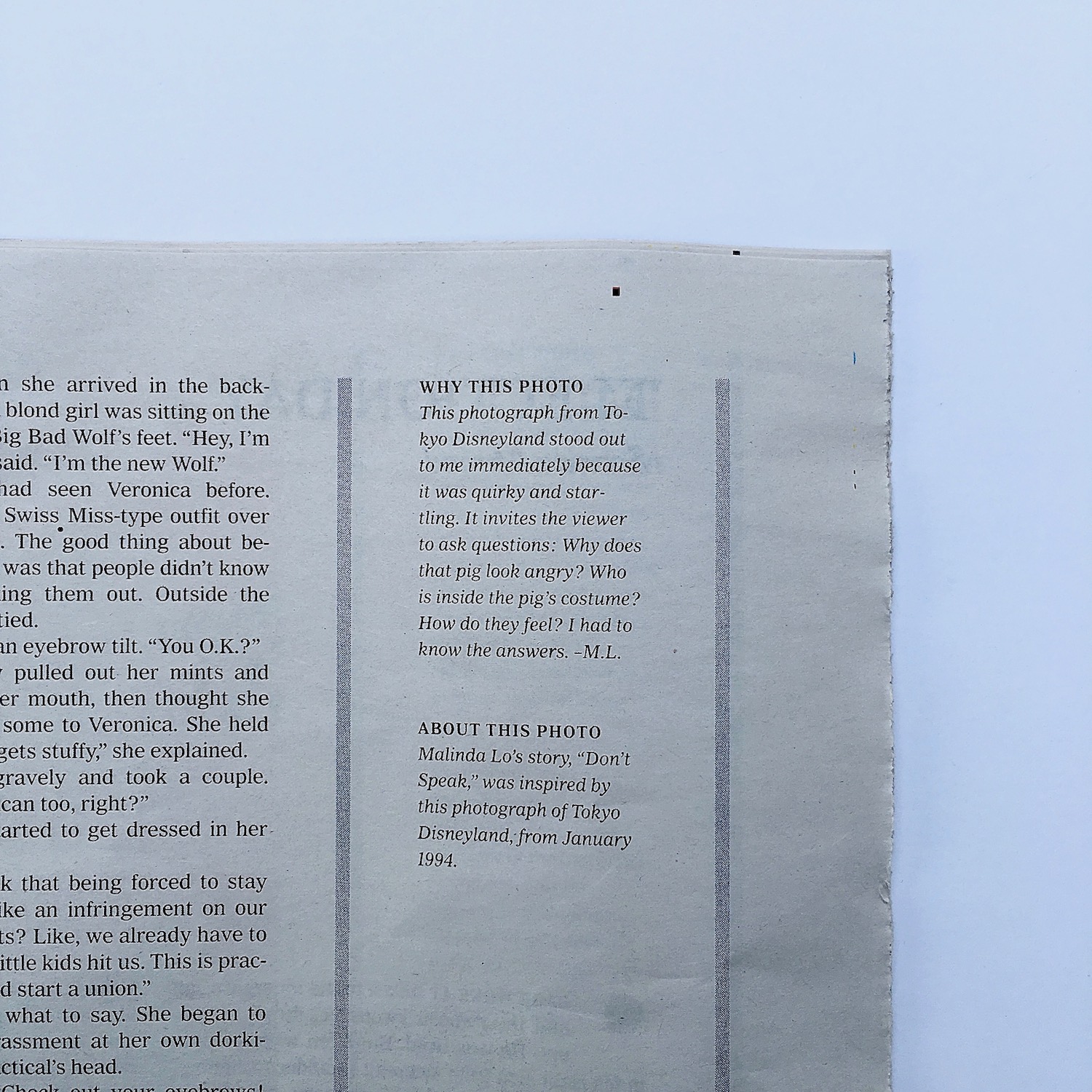New short story: "Don't Speak" at New York Times
A couple of months ago, the New York Times asked me if I’d be interested in writing some flash fiction (that is, a very short story) inspired by a photo from their archives. This story would be part of a collection of flash fiction written by Asian American young adult authors. You don’t get this kind of invitation every day (!) so of course I said yes.
The Times then sent me a selection of photos from their archives, and I chose one of them that inspired me. It was, I admit, the strangest and quirkiest photo they sent me. I knew that the flash fiction collection was aiming to explore Asian American identity, and because I’m a contrarian and delight in pushing against identity boxes, I chose the photo that seemed to be the least connected to popular concepts of “Asian American identity.”
It’s a photo of Tokyo Disneyland from 1994, depicting the Three Little Pigs in costume as they dance. It’s funny and odd and not at all “Asian” in its external signifiers, but the location of the photo really grabbed me.
The story I wrote, “Don’t Speak,” was loosely inspired by my experiences of being Asian American in Asia — both in China where I did speak the language and Japan where I didn’t. It was a weird situation where I looked like the people there, but the people there knew that I wasn’t one of them.
The story is also about being an American in Asia, and specifically working at Tokyo Disneyland. I haven’t been to Tokyo Disneyland, but I’ve been to the original Disneyland and Disney World in Florida, and I’ve actually read a couple of ethnographies about what it’s like to work as a character at Disney. I’ve been fascinated by Disney’s production of popular culture for years—its creative choices, the way Disney treats its employees, all of it.
And yes, even though this short story was supposed to only be between 500-1,000 words long, I did some additional research. I found this incredible training video on YouTube that shows Disney employees (I think they call them “cast members”) how to play the characters of the Three Little Pigs. The video dates from 1976, so it’s about 20 years before the Tokyo Disneyland photo, but the photo depicts the characters almost exactly as they are shown in the training video.
The first rule, according to the video, is that cast members in these costumes must never talk. Some Disney characters (the human ones) do talk, but those in animal/cartoon costumes aren’t allowed to speak.
One of the primary stereotypes about Asian Americans is that we’re quiet. We don’t make trouble; we work hard; we don’t fight back. When I learned that the Three Little Pigs were supposed to remain silent, I knew how I wanted to approach my story. In my mind, it’s about a Japanese American working for an American company in Tokyo, and how disconnected that can make her feel from both her American home and her ancestral homeland. It’s about corporate restrictions on her ability to speak, but not to communicate—and it’s about how she manages to express herself despite these restrictions.
It’s also, I hope, funny and odd. Life is often very weird, and if you’re wearing a pig costume at Disneyland, there has to be some room for humor.
The collection of stories includes flash fiction from Soman Chainani, Marie Lu, Sabaa Tahir, David Yoon, Randy Ribay, Samira Ahmed, Emily X. R. Pan, Misa Sugiura, and Cindy Pon. I'm thrilled to have my quirky little tale included.
Now I’ve probably written just as many words about my short story as are used in the story itself! But if you’d like to read it, you can find it here at the New York Times. (There may be a pay wall in place; sometimes the New York Times allows you to read a few articles for free before you’re asked to subscribe.)




